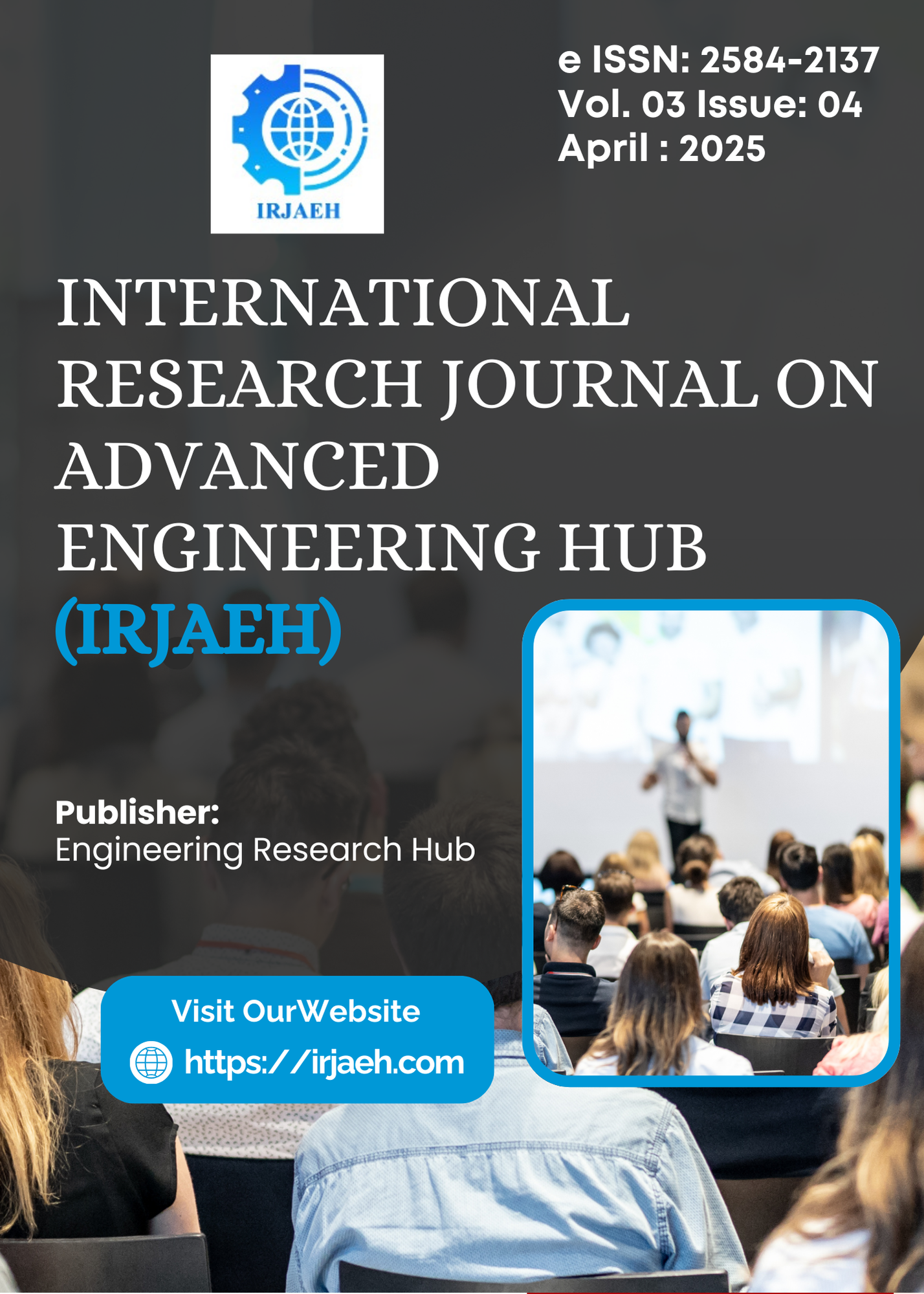Enhancing Emergency Response Efficiency Through Predictive Analytics and Smart Ambulance Deployment
DOI:
https://doi.org/10.47392/IRJAEH.2025.0185Keywords:
Variational Deep Embedding (VaDE), Linear Regression, Gaussian Mixture Model (GMM)Abstract
With the rise in automobile numbers, traffic accidents are increasing daily, leading to 1.3 million deaths and 50 million injuries annually, as reported by the World Health Organization (WHO). Many fatalities occur due to delayed medical assistance at accident sites. Traffic congestion and inefficient ambulance routing are major challenges in emergency response. This project aims to reduce ambulance response time by predicting high-risk accident zones and optimizing ambulance placement. It introduces a novel approach using Variational Deep Embedding (VaDE) and Linear Regression. VaDE clusters accident-prone areas using deep learning and a Gaussian Mixture Model (GMM), while Linear Regression forecasts the optimal ambulance location based on historical accident data. Additionally, the system enables real-time alerts to hospitals and traffic departments for route clearance, ensuring faster patient transport. Unlike traditional clustering techniques, VaDE enhances ambulance positioning strategies, significantly reducing response times and improving emergency medical services.
Downloads
Downloads
Published
Issue
Section
License
Copyright (c) 2025 International Research Journal on Advanced Engineering Hub (IRJAEH)

This work is licensed under a Creative Commons Attribution-NonCommercial 4.0 International License.

 .
. 